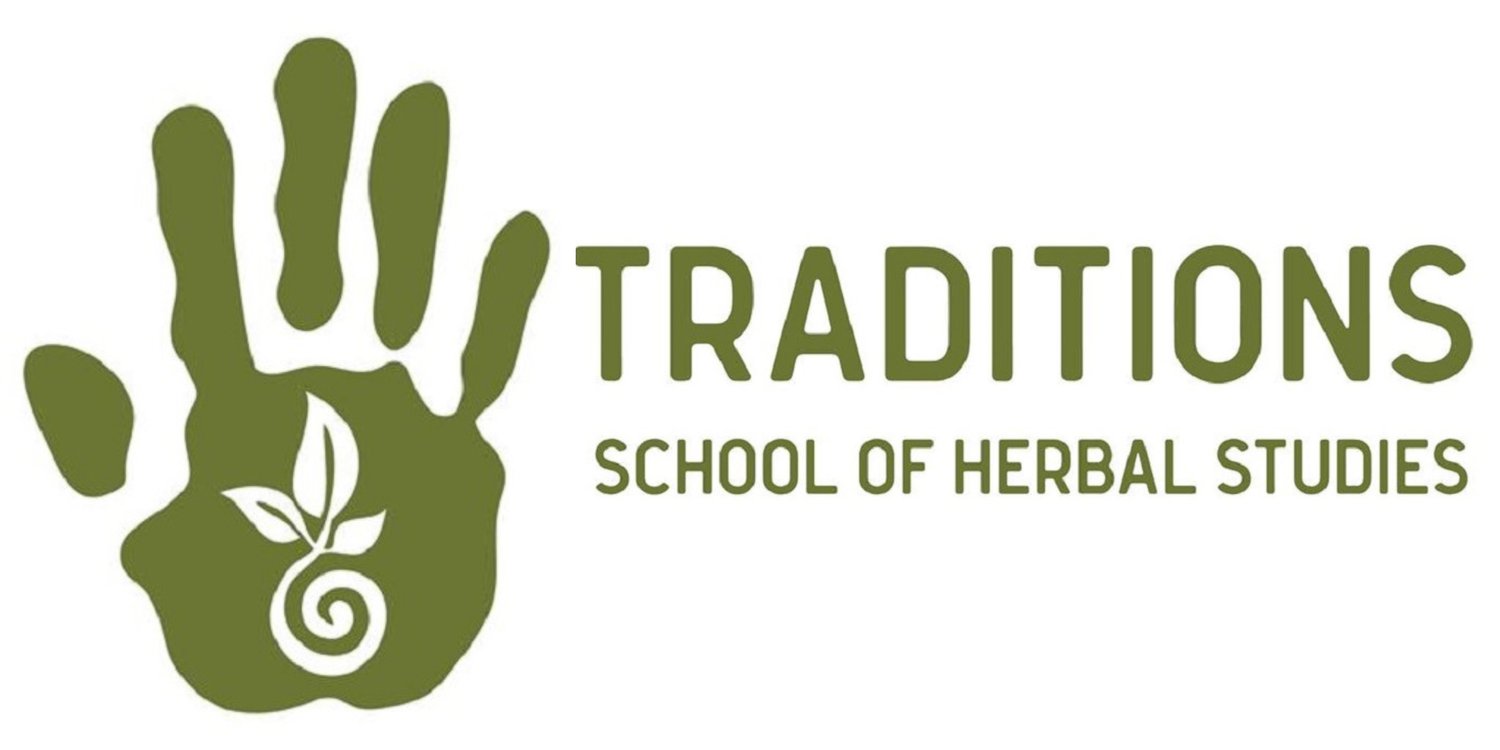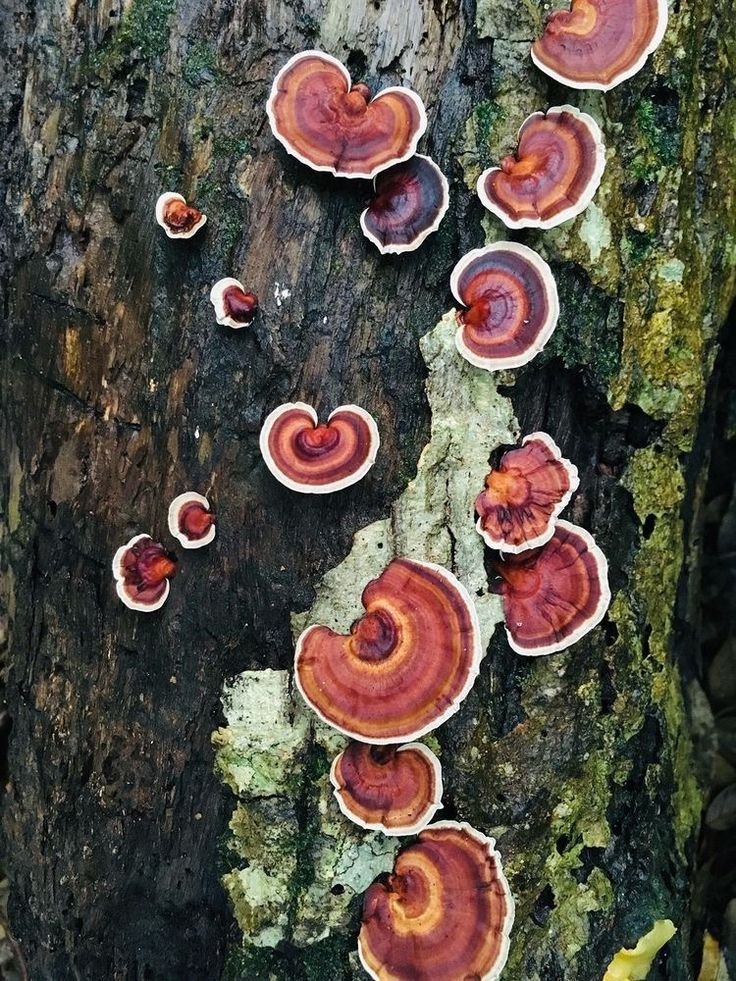Herb Spotlight of The Month
April
Florida Betony
Stachys floridana
Meet Betony, or Stachys officinalis! This nourishing nervine is in the Lamiaceae or mint family. The aerial parts and roots are used for medicine as well as food.
The root of Stachys floridana, our Florida bioregional species, is apoptogenic in nature, nourishing, and often compared to: "a mild ginseng". The white roots are quite tasty, and slightly sweet like a carrot slightly.
Betony is one of many herbs considered as a Nourishing Nervine. Nerviness are types of herbs intended to nourish and support the central or peripheral nervous system. They are restorative and balancing to the body, while also aiding in reducing energetic discomfort associated with stress, anxiety, "frazzled" nerves ect.
Overall, Betony is energetically cooling, and relaxing. It is a great aid for pain and tension, mild stress, and fatigue.
Ironically the root systems of Stachys floridana look like nerves. Commonly named "rattle snake root" for the distinct rattle tail look.
Often when plants look like certain body systems, they may have an affiliation to assisting in those regions.
Similarly to many other herbs, we not only can use herbals as medicine, but also as food. This is superbly beneficial because often wild foods have a plethora of potency in the vitamin and mineral count, not to mention the medicinal properties sprinkled in. Wild foods tend to have more nourishing attributes also due to the nature of the soil they are growing from, and the biodiversity surrounding.
You can add the "rattle snake roots' to your pickle jar for a yummy nervine snack!
-Written by: Gianna Fiola
Lavender is a beautiful aromatic plant! There are many different varieties of this plant, but the common one is “English Lavender”. Often it is used in herb sachets for the sweet floral aroma, along with the calming/relaxing effects it can bring. Lavender can also be sipped as a tea for very mildly relaxing the senses before sleep, or even a very light headache reliever via inhaling the floral notes. The energetics of lavender are cooling and drying. Lavender is also known to be anti-bacterial and anti-fungal.
Lavender is awesome for our pollinator friends too! The butterflies and bees love this plant! A big lavender bush in my experience has also been a cozy place for baby bunnies to make their little nest.
Something to mention about lavender essential oil: use it sparingly or not at all. It takes pounds and pounds of this plant to extract just even one small 0.5 ml of it’s essential oil.
The essential oil industry is highly unsustainable. Use these with respect and caution, and sometimes it is even more effective to just boil up some water and make a nice tea!
A fresh lavender hydrosol would also be divine, not to mention a beautiful and fun project to connect with the plants in your garden. Making an oil extraction with lavender is also a great way to hold the aromatic properties you may be looking for in an essential oil. At that point you could even grab some bees wax and make a nice salve to apply to your temples before bed for a nice relaxing slumber.
-Written by: Gianna Fiola
May
Lavender
Lavandula angustifolia
June
Calendula
Calendula officinalis
Calendula officinalis has been know to be used for its beautiful skin mending abilities. Not only is this sunny orange flowering topped plant used to assist skin wound healing, rashes, burns, diaper rash-often in salve form; but also, Calendula has a great effect on the digestive tract.
For the gut, Calendula has the ability to internally soothe and mend irritated areas, making this a beautiful add in to an herbal infusion maybe for someone with a history of ibs or other gut challenges. Calendula is anti-bacterial, anti-microbial, and is known to be energetically warming and drying.
Gianna’s Favorite Infusion Using Calendula officinalis:
-2 parts Tulsi Basil (for soothing the nervous system)
-1 part Calendula (for gut)
-1 part Red Clover (for cooling energetics and moving)
edit this blend based upon your specific energetic needs**
-Written by: Gianna Fiola
September
Angelica Root
Angelica sinensis
Angelica root, or another commonly known name; Dong Quai is a beautiful medicinal plant. The energetics of this root are warming and drying. This is a nourishing herb, used in formula often for blood building. Dong Quai is also a blood mover, and increased menses. Personally, I have used this in formulation for reproductive women’s health concerns typically to bring on the menses, or just add a super nourishing blood builder to the mix.
Angelica sinensis is very common plant in TCM. It is thought of to “restore order”, and often referred to as the “female ginseng” and known to “strengthen the blood”. This is often added to anyone’s formula who may be anemic typically.
Dong Quai can be super helpful for menstrual cramping when the cause is stagnant and cold blood. This should not be used during pregnancy or when already heavily bleeding during cycle. Angelica is also considered to be warming to the stomach and digestive tract and may aid in stomach and intestinal cramping with this said.
-Written by: Gianna Fiola
October
Reishi Mushroom
Ganoderma lingzhi
Reishi Mushroom-Ganoderma lingzhi is a highly nourishing medicinal mushroom. There are many varieties of Ganoderma. They all commonly are known as adaptogenic allies that can bring a balancing effect to the body over all, but especially the immune system. Reishi is specifically indicated for weakened immune systems as a modulator, strengthening the body’s ability to defend itself. Reishi’s energetics are slightly warming.
My personal experience with Reishi in the North Carolina Mountains was quite the “quest”. Out we went on a determined venture for a good hike, a bounty of plant identification along the way, and a silly fun time. We knew Resihi was extremely abundant in this region, although none of us were prepared for the abundance that presented as we climbed deeper up the trail. Every few feet we ran into a bright orange-red juicy Reishi Mushroom! We harvested some off a Hemlock tree to dry later Ganoderma tsugae, and continued on the paths taking silly photos with the mushrooms, and being sure to point out everyone we saw! Me and my friends also, for whatever reason, acquired possibly “Russian accents”; therefore, we have a shared photo album named: “Russian Resihi Quest”.
Once we got home we were eager to craft our medicine. First I thinly sliced the Reishi, and dehydrated it for a bit. I soaked the bits in 190 proof alcohol for about a month. After straining out the alcohol extraction, I double extracted the Reishi in a big pot making a potent water extraction.
The medicine tasted sweet and soothing, alike to our adventure, not to mention I believe it was extra infused with the essence of the mineral and vitamin rich high elevation soil from the Mountains.
I continuously consumed the Reishi tincture daily. Aside from the happy memories, the medicine brought me a sense of calm, and relaxation, especially in the area around my heart specifically which like plants typically come in, I really needed at the time.I found myself also drinking a lot of cacao around this time, and I often combined the two for some really deep heart medicine.
Reishi is also super soothing to the stomach, and digestive intestinal tract. Its highly nourishing nature is like a hug plus a mug of warm soup. Speaking of, Reishi is a great addition to your broths to add a splash of its medicinal benefits.
-Written by: Gianna Fiola
November
Orange Peel
Citrus sinensis
Orange Peel is a beautiful and useful medicinal plant. Often added to bitters formulas for stimulating the digestive system along with increasing appetite, Orange Peel does not disappoint with its' bountiful aromas, and citrus notes. The energetics of Orange Peel are warming and drying. It is also a carminative, decongestant, and of course a digestive tonic.
Most of the time I am using Orange Peel as a natural cleaning agent. I enjoy to make my own household non-toxic cleaning sprays! Not only is this better for my health, my dogs’ health, and my wallets’ health; but also, it is a great way to reduce food waste!
Household Orange Peel Cleaner:
-Orange Peels (feel free to add other citrus peels you have: Grapefruit, Lime, Lemon)
-White Vinegar
-Fresh Rosemary
Add all the above listed ingredients to a mason jar, and be sure all plant contents is fully submerged in the vinegar. It does not matter how much plant material to vinegar ratio you add really. Finally, leave the jar in a dark cabinet for at least three days, to one week for extra sweet scented goodness.
I use this as my all purpose house cleaner, and especially as a floor cleaner!
My Favorite Orange Peel Story:
After a traumatic event, I was in search for a remedy for “eye floaters”, and excess stress on my energetic Liver. I consulted Bob for advise of course. Bob mentioned a Chinese concept called: “Qi Stagnation”. Essentially in this case meaning that I have a bit of a “blockage of energy flow” due to this traumatic encounter, or a “tenseness”.
Bob suggested I brew some Tulsi and Orange Peel Tea, and drink it as much as possible. In addition he said to massage fresh peel onto acupressure points Liver 3, and Large Intestine 4. He noted that the peel on the points should relieve the eye floaters very, very quickly.
As I enjoyed the auromatics of the sweet Tulsi and fresh Orange Peel consuming my kitchen, I scratched up a fresh peel, in order to release the essential oils, and I began to apply it to the acupressure points. I was absolutely amazed! Within minutes my eyesight had been improved, and I was seeing less floaters.
For the next week I continued to sip the brew most days, and applied multiple times a day the acupressure points with the peels.
I am so grateful for Orange Peel, I needed it so much at the time. And not to forget, I had beautiful, juicey, happy, fresh squeezed OJ pretty much every day in addition to my protocol. Not a bad problem to have at all!
Happy peelin’!
-Written by: Gianna Fiola






